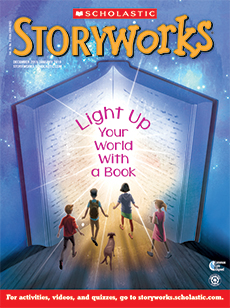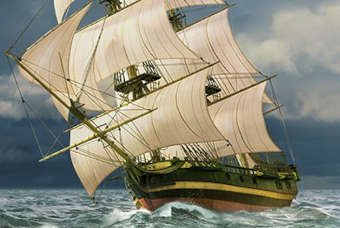You wait in line, your excitement building. Finally, you take a seat. Your heart pounds as a safety bar locks around you. Suddenly—WHOOSH! Your seat shoots forward. You’re off on a record-breaking roller coaster ride!
That’s the idea behind Maxx Force, a new coaster opening this summer at Six Flags Great America in Illinois. Maxx Force will launch riders from 0 to 126 kilometers (78 miles) per hour in just two seconds. That’s the fastest start of any coaster in North America!
It takes a team of engineers to build a roller coaster like Maxx Force. One of them is Lee Stellhorn. He’s been designing rides at Six Flags for more than 20 years. It’s Stellhorn’s job to harness the forces that affect passengers during their ride. “You need to understand physics to create a ride that’s both fun and safe,” he says.

